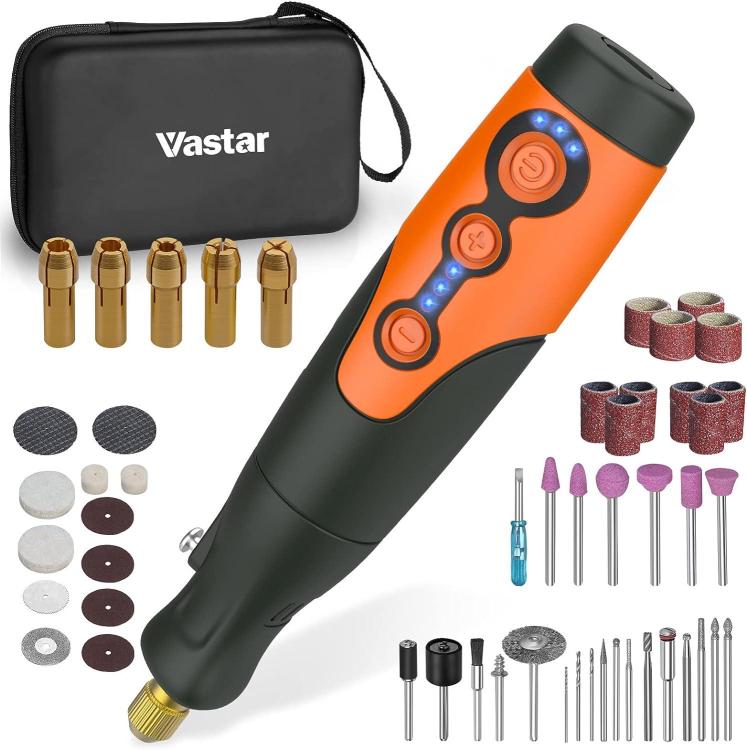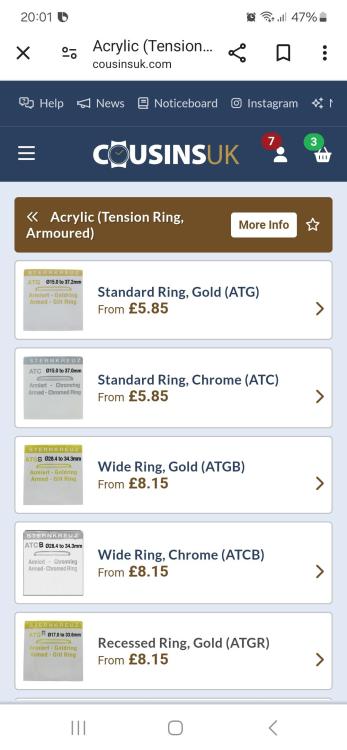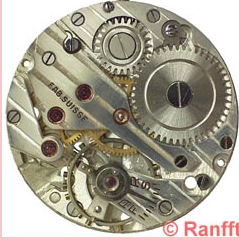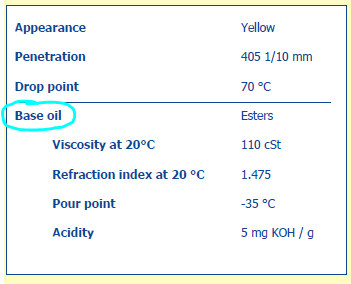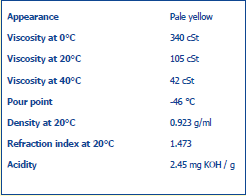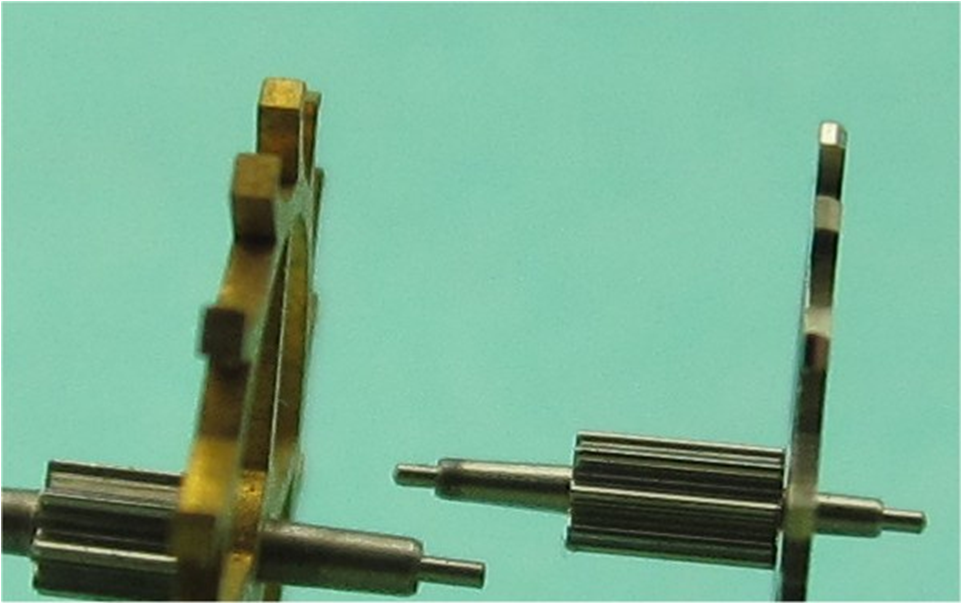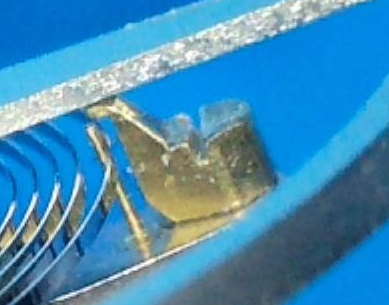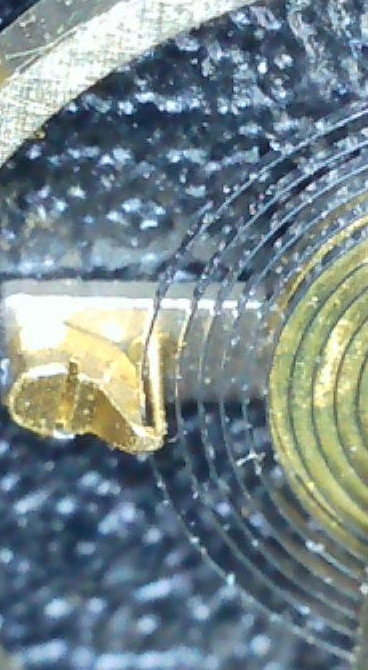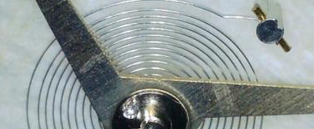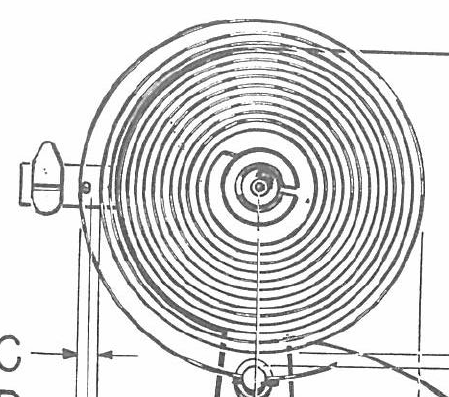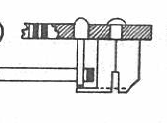All Activity
- Past hour
-
When faced with say a pocket watch bridge which is cracked, silver soldering to repair is often the only option (hopefully someone wasn't there before hand with soft solder). I can generally do this succesfully and tidily with a small torch and miniscule pieces of silver solder, but on parts which were mercury amalgam gilded the heat can have have a deleterious effect on the finish. I keep wondering if there's a good way to refinish these - and despite having the needful items would rather avoid using the mercury process. In the past for electronic work I've gold plated PCBs but this involved gold potassium cyanide solution, which also doesn't realy belong at home. I've read that there are now safer alternatives but couldn't find more detail (and importantly how similar are the results to amalgam gilding, since I wouldn't want to refinish the whole watch). Pointers would be very welcome (and yes, I know solutions containing gold won't be cheap!) Alan
-

Can anyone identify what this is? Part Two
Neverenoughwatches replied to JonC's topic in Staking Tools & Jewel Setting Tools
The first one is an Unruh max stake for pushing out staffs - Today
-
According to Cousins site I need to look at document G22 as I think I need an ATGB at 304 but I cant find this size in G22 doc. The last thing I want to do is order the wrong one Unless I cant see the wood for the trees I could be looking at the wrong style, I assume its classed as Round plastic Armed https://www.cousinsuk.com/product/wide-ring-gold-atgb
-
When building a new Watch I have tended to use a file to remove the remnants of dial feet that are not needed as many dials come with four feet to accomodate different movements, but this can be a bit messy so now I use this with a great deal more precision as you can use an appropriate bit for the job and keep it very localised.
-
This tells you how to fit the glass and they type of tool needed, but there are loads of this type of tool. https://blog.esslinger.com/how-to-press-a-tension-ring-fit-watch-crystal-into-place-with-a-watch-crystal-press/ When it come to buying the glass make sure you buy the one you need with the correct colour tension ring.
-
Oh, that's cool. So I just need to measure the case diameter and decide what type I had before it broke and place an order. Looking at the document download you just press it in with a press, which I have Taking a measurement and tyle of ring I think I need a ATGB, picture shows a slight angel on the inner edge
-
RichardHarris123 started following Roamer Searock Crystal problem
-
Great advice, thanks that worked a treat. Now I need to learn how this tension ring and crystal fit together and if I need any tools to put it back into the case. The crystal looks normal to me with flat sides so I'm trying to get the assembly procedure in my head. Obviously, if the ring goes inside the crystal, as shown in the pictures above, then you wouldn't be able to compress it like a non-tension crystal so is it then bonded in. There did appear to be a dried film of something around the bottom edge of the case that I scraped off with some peg wood. Food for thought! Isn't it horrible how the magnification and lights show up all the scratches, it looks fine to the naked eye
-
Thanks a sorted it now all working
-
Not necessarily . According to Ranfft : "except bridge shapes no differences known between 984, 1009, 1010, 1013, 1028, 1033, 1035, 1038, 1048, 1050, 1055, 1077, 1084, 1089, 1091, 1141, 1211, 1218, 1231, 1259, 1277, 1285, 1313, 1377, 1440, 1614" So take your pic. It's an earlyish one, as no Incabloc, so probably 1930-40s
-
Epilame / Fixodrop
JohnR725 replied to clockboy's topic in Watch Cleaning Machines / Ultrasonic Cleaners / Case Refinishing
I wonder if 9415 is based on a base oil of 941? it's interesting what questions bring and the tech sheet answers it's the viscosity of the base oil. Then the impact? There is something we're missing here for that which would have a big influence on all of the house image above is 9514 image below is 941.then always interesting when specifications do not exactly agree? They ledge above for 941 indicates 110 viscosity but the image off the spec sheet is slightly less but I guess close enough my understanding of the concern of too much 9415 is as we know the loss of amplitude. But why do we have a loss of amplitude? So impact it's basically oil should be very slippery. But what about non-impact? Like the edges of the escape wheel? Another thing that comes to play here is the shape of the escape wheel itself. Notice on the last a more vintage escape wheel with just a flat surface whereas the modern escape wheels usually made out of steel versus grass much much thinner their contact areas greatly been reduced and sometimes I think there even slightly curved. So is it conceivable at everything that isn't a flat surface on impact is going to be sticky? So this is where the shape of the escape wheel will have a big impact literally on how slippery things are. Oh and for all of you obsessed with worrying about too much 9415 I never worry about it because typically I'm doing pocket watches and it doesn't seem to be an issue at all. on the other hand I'm much more concerned about a watch that keeps time for 24 hours as opposed to the concern of the group of keeping amplitude for 24 hours. Then yes some pocket watches have steel escape wheels and do look like the escape wheel on the right. -
your balance wheel looks interesting in the watch and because it's at an angle it's changing things a little bit. in other words they hairspring is not centered between the regulator pin in the boot and I also noticed your terminal curve is lacking apparently by design? Because if you look in the second image you'll notice yes there's a terminal curve but not as aggressive a one as you normally see on watches at least most watches. then in all of your images it looks like the boot isn't quite back where it's supposed to be? out of curiosity how did you remove your balance complete and clear the regulator pin? then just in case you weren't aware it rotates out of the way so you can remove the balance complete without bending the pin. Then it's rotated back exactly 90° and yours looks like it's off by just a little bit in the original image and I'm assuming that you just been the pin out of the way? it's always interesting in horology is the variations in the things. Like the image I have above does have a terminal curve but not the most aggressive and yours is even less but that is the way the watch was made. Then the spacing between the regulator pin in the boot should be relatively small basically if you had two pieces of the thickness of your hairspring that's how much space should be there like in this image. But oftentimes watch manufacturers do not necessarily follow the rules
-
Yep i can see where you're going with that one Rich. Sooo now that I've frightened the OP into submission . Chief i do apologise for some reason unbeknown to myself I'm in a happy silly mood. So seriously to identify the movement lets have a look at the dial side, learning this part is straightforward, just need a little logic and something called the # BESTFIT BOOKS # . Or the other non American equivalents.
-
A Schild movements often have left handed crown screws. A pic of the keyless works would help identify it, and the size of the movement. Looks like someone has had a, not very subtle, attempt to decrease play in the centre wheel. And the hairspring looks like it needs some work. From the scratches on the bridges, it looks like it was last serviced by a drunken baboon, but it's a good movement to practice on. Good luck Once we identify it, it's often easiest/cheapest to buy a similar scrap movement for screws/parts


